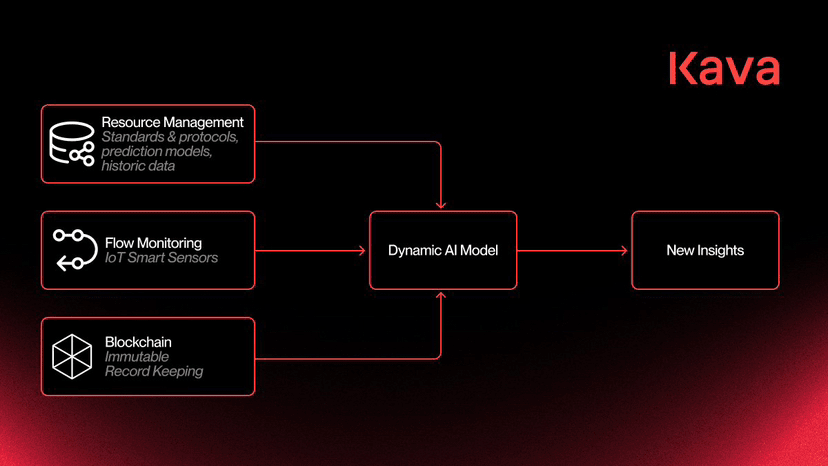
The first step is the environment. Pull a copy of the contract repository, confirm that the Solidity version and commonly used libraries (such as OpenZeppelin) do not conflict; point the RPC to Kava EVM, configure the chain ID, gas price, block explorer link, and ensure Hardhat/Foundry runs smoothly.
The second step is contract deployment. First, test the deployment script, event subscription, and logs on the testnet; after verifying there are no issues, proceed to the mainnet. Be sure to abstract critical parameters (transaction fees, liquidation thresholds, whitelist addresses, etc.) into the configuration for easier governance upgrades in the future.
The third step is asset entry. If the protocol requires mainstream assets, prepare two routes: first, native Cosmos assets coming through IBC, and second, bridged stablecoins and blue chips from Ethereum. Provide a guide for the frontend entrance, clearly stating 'which chain to enter from' to reduce the chances of users getting lost.
The fourth step is market making and depth. In the early stages, do not just focus on TVL; first focus on 'available depth'. Establish a minimum liquidity guarantee with market makers or the community, coupled with trading mining/reward points, to ensure users can trade, borrow, and deposit as soon as they arrive. A stable experience leads to a stable repurchase rate.
The fifth step is fees and performance. Kava's transaction fees are relatively friendly, but do not spam transactions. Make aggregated operations into 'multi-step single signing' and separate frequent read and write operations. Gas estimates should be conservative to avoid users getting stuck in the awkward situation of 'unable to confirm'.
The sixth step is monitoring and risk control. Use Prometheus/Grafana to monitor on-chain events, and set threshold alarms for key pools and liquidation health. For protocol parameters, plan multi-signature/time locks in advance to ensure quick responses and market expectations.
The seventh step is growth strategies. Kava users have habits from both EVM and Cosmos sides, so don't just post English tweets for content; create more IBC tutorials, bridging guides, and Gas preparation checklists within the community. Combine task-based growth (task - exchange - badge - points - airdrop) to make 'first interactions' smooth.
The eighth step is governance and rhythm. Use governance proposals to make 'milestone announcements': new pools, new rates, and new assets should all follow on-chain processes, allowing the community to see that you are a team that 'follows the rules'. Long-term reputation often wins here.
Conclusion: Kava has low migration costs and multiple cross-chain entry points, launching in a week is not just a slogan. By linking deployment, assets, depth, monitoring, growth, and governance into a closed loop, it can basically operate stably.
@kava #KavaBNBChainSummer $KAVA

